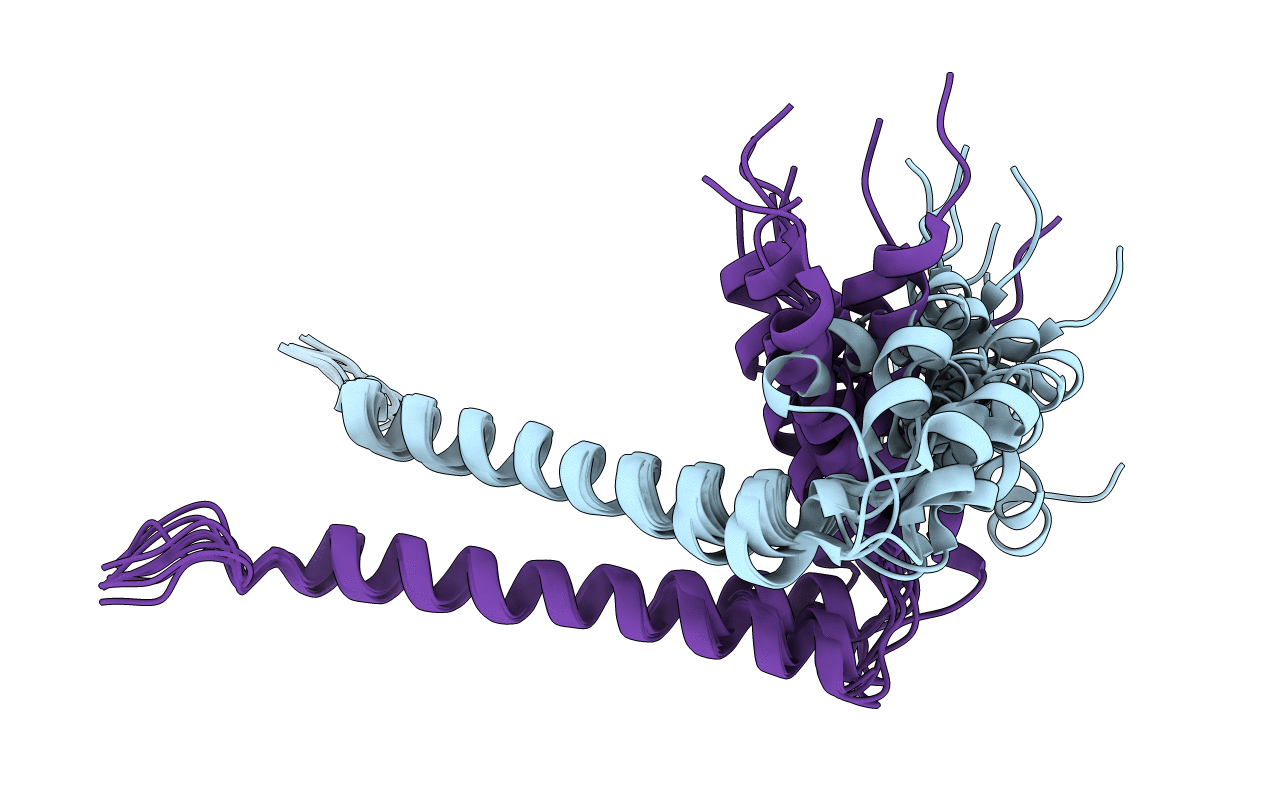
Deposition Date
2015-05-05
Release Date
2016-02-24
Last Version Date
2024-05-15
Entry Detail
PDB ID:
2N2A
Keywords:
Title:
Spatial structure of HER2/ErbB2 dimeric transmembrane domain in the presence of cytoplasmic juxtamembrane domains
Biological Source:
Source Organism:
Homo sapiens (Taxon ID: 9606)
Host Organism:
Method Details:
Experimental Method:
Conformers Calculated:
100
Conformers Submitted:
10
Selection Criteria:
target function


